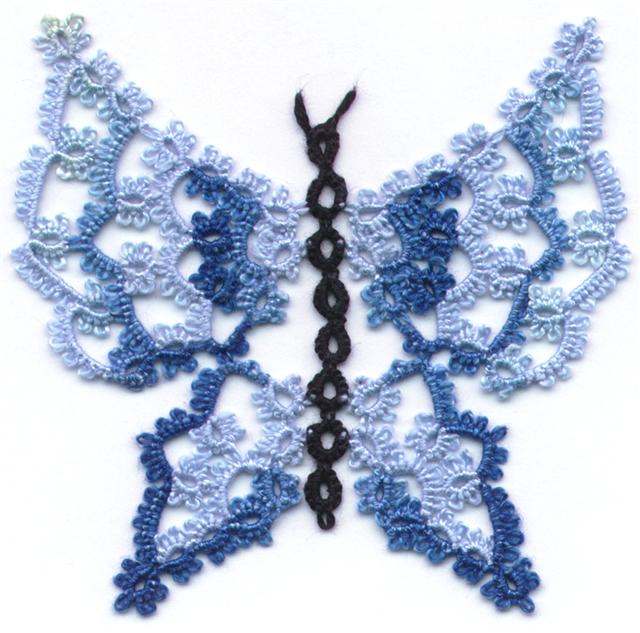It was my intention today to draw out the pattern for the 8 sided motif above, but I posted the pictures of some of the recent snowflakes to Facebook and one of the comments was "I am still learning wish I could do this" which is kind of heartbreaking. For a rank beginner split rings and split chains are just a bit beyond their grasp, but any of the recent designs could be done without using either technique. Split rings and split chains make it EASIER to move from one round to the next without having to cut tie and hide ends, BUT what a lot of beginners don't know, is that cutting, tying and hiding ends makes those techniques unnecessary.
Generally in a concentric design like a snowflake or a doily, the split chain is going to come at the end of the row making it possible to "climb up" into the next row. The solution is to finish the row, cut the thread and start the next row where you left off. That's a generalization and I'm sure that there are exceptions which I'll think of just as soon as I hit Post.
Likewise on this type of design a split ring is usually the first part of a new row which is often placed in the middle of the chain on the previous row. That's because connection points from row to row are typically at the midpoint of a chain. So when you get toward the end of the row you are instructed to tat a split chain which moves your threads from the end of the chain, to the middle of the chain. Then a split ring is the first thing you tat which brings the threads up from the tip of the ring to the base of the ring and positions it in the normal place to keep tatting.
To avoid the split ring just finish the row in the usual manner, cut, tie and hide threads. Then tat the split ring just like you would a normal ring because once you've cut the thread and started again, your thread s are already in the right position. It sounds complicated, but it isn't. The simplest way to think of it is just tat what you need to tat to get to where you want to be.
Thinking of making things simpler I remembered a snowflake that I had designed some time ago but never got around to drawing out the pattern. So when I got stumped trying to draw this 8 sided design I put it aside to go looking for the chain only snowflake I created. Look at what I found! These are some of the snowflakes that I've created over the years. There are more somewhere, but I haven't unearthed them. A lot of the things I've created have been one of a kind snowflakes that I designed and immediately gifted to someone so they're gone out of my possession forever and I don't always remember to take a picture first.
I also found the Elephant Flake.
This is a snowflake that I started, but it kind of grew to a huge 10 inches across and I never did write it out. I'm thinking that I should draw it one of these days..... where was I? Oh yeah, drawing out the pattern for the 8 arm snowflake. See? what did I tell you? The attention span of a gnat.
Here's the pattern for the snowflake with 8 arms, which of course, means that it's not a snowflake at all, it's an 8 point whatchamacallit.
Row 1 and 2 end with split chains, but if you don't know how to tat split chains just tat the row like normal cutting and tying the thread at the end of the row. Then start the next row tatting.the rings and joining to the picot in the middle of the chain on the previous row. After that just tat around the row ending with a chain joined to the base of the starting ring. Cut and tie again then start the next row.
By the way, if you haven't seen my blog previously, take a look at the links list on the right. All of the patterns should be accessible by clicking on the Pattern label. The explanation of the legend symbols I use is listed there, as is the link to the tutorial on how to add thread. Since almost everything that comes off my shuttles is a new design, I end up cutting off and starting again lots of times. As hiding a zillion ends isn't my idea of fun, I use this relatively painless method for adding in thread that simultaneously adds in new thread and locks it in tight.






3 comments:
You sure have designed some wonderfully beautiful snowflakes!!! :)
Thank you for sharing your patterns!! :)
All are so wonderful thankyou for the pattern again🦋
Wow!!! give me a few minutes to pick my jaw from the floor and shut my gaping mouth ;-P
You know we are greedy enough to want any of those older snowflakes you wish to rework and draw ;-D
Post a Comment